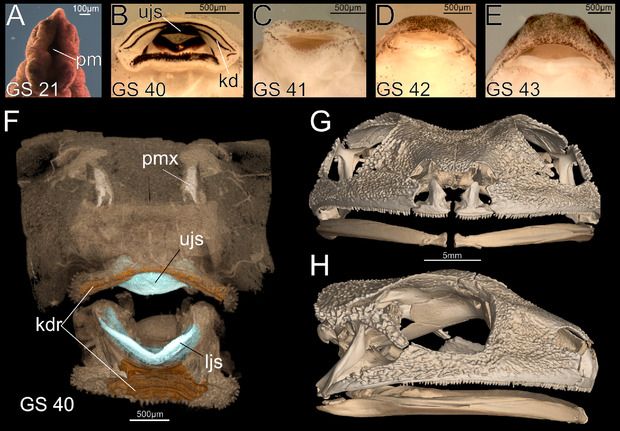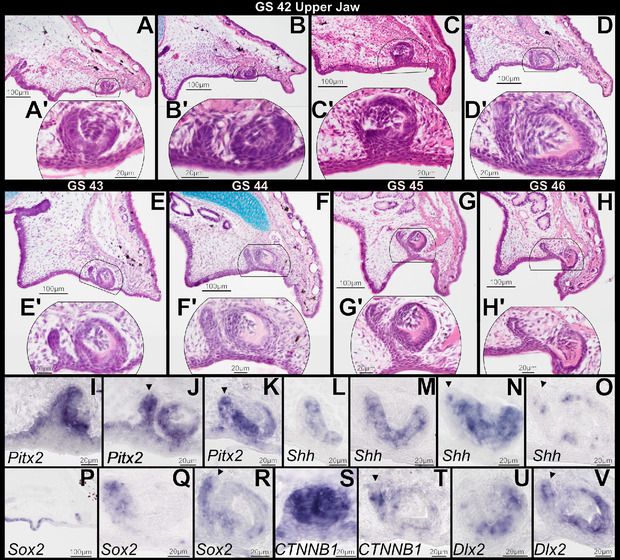
https://amartyamitra.wixsite.com/my-site-4






Or your 2025 year list?
It's easy.
1. Go to ebird.org/downloadMyData and request your data. This can take a few minutes to arrive in your e-mail. It'll be a .zip file. Unzip it.
2. Go to ofafeather.binstobins.com
...
🧵


Or your 2025 year list?
It's easy.
1. Go to ebird.org/downloadMyData and request your data. This can take a few minutes to arrive in your e-mail. It'll be a .zip file. Unzip it.
2. Go to ofafeather.binstobins.com
...
🧵
@donyaniyaz.bsky.social
@lucalivraghi.bsky.social
High efficient, glowing eye and silk gland markers
peerj.com/articles/202...
@peerj.bsky.social
@donyaniyaz.bsky.social
@lucalivraghi.bsky.social
High efficient, glowing eye and silk gland markers
peerj.com/articles/202...
@peerj.bsky.social

bsky.app/profile/iwan...

bsky.app/profile/iwan...

Preimplantation diagnosis is much safer than germline editing & w/o slippery-slope ethics in 99.9% of hered. disease cases.
Only exceptions are dominant genet conditions where 1 parent is homozygous, with extremely rare occurences for Huntington's, some AD and BRCA
go.nature.com/4qOm5SO

Preimplantation diagnosis is much safer than germline editing & w/o slippery-slope ethics in 99.9% of hered. disease cases.
Only exceptions are dominant genet conditions where 1 parent is homozygous, with extremely rare occurences for Huntington's, some AD and BRCA
Here are 3 beautiful Pentremites sp. Blastoids I collected from the Upper Mississippian (Lower Carboniferous, Serpukhovian) Lower Bangor Limestone in Russellville, Alabama.

Here are 3 beautiful Pentremites sp. Blastoids I collected from the Upper Mississippian (Lower Carboniferous, Serpukhovian) Lower Bangor Limestone in Russellville, Alabama.



openrxiv.org/enabling-rev...

Today's SciFri podcast is "Is There Such A Thing As Too Much Resolution On A TV?" with Dr. Maliha Ashraf, U of Cambridge, and Dr. Bryan W. Jones, U of Pittsburgh
But there’s a catch

But there’s a catch


This thoughtful piece by @meganlinnay.bsky.social expands beautifully on a short review I wrote, citing 'the Sumner-Rooney cost-benefit model' of eye loss 🥲 honoured!
For anyone interested in evolution in low light, have a read! 👉 doi.org/10.1111/1365...

This thoughtful piece by @meganlinnay.bsky.social expands beautifully on a short review I wrote, citing 'the Sumner-Rooney cost-benefit model' of eye loss 🥲 honoured!
For anyone interested in evolution in low light, have a read! 👉 doi.org/10.1111/1365...

Learn more in Science: https://scim.ag/4nDrDNm
![(A) An adult female in the field on Sicyos angulatus. (B) Back view of an adult female reared on cucumber, whose hindleg organs are covered with fungal hyphae (arrowheads). (C) Magnified image of the hindleg organ. (D to L) Morphology of hind tibia of adult male [(D) to (F)], immature adult female [(G) to (I)], and mature adult female [(J) to (L)]. [(D), (G), and (I)] Brightfield images. [(E), (H), and (K)] Scanning electron microscope (SEM) images. [(F), (I), and (L)] Magnified SEM images. (M to O) Peculiar behavior of egg-laying adult female. After laying each egg (M), the female rhythmically scratches the hyphae-covered hindleg organ with tarsal claws of the opposite hindleg (N) and then rubs the egg surface with the claws in a skillful manner (O). Also see movie S1. (P to R) Egg mass covered with fungal hyphae at 0-day (P), 3-day (Q), and 10-day (R) intervals after oviposition. Reddish color of 10-day eggs reflects the body color of developing nymphs inside.](https://cdn.bsky.app/img/feed_thumbnail/plain/did:plc:vqgovau5gkirnk3ss5qwjdmz/bafkreiatozcclrv3q5pr2susooiojtvkwr6kwnd22hwxh3ijzh7lpi276q@jpeg)
Learn more in Science: https://scim.ag/4nDrDNm


